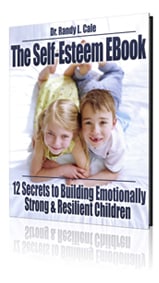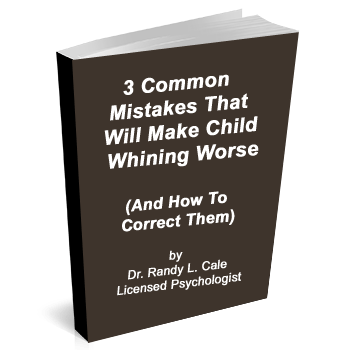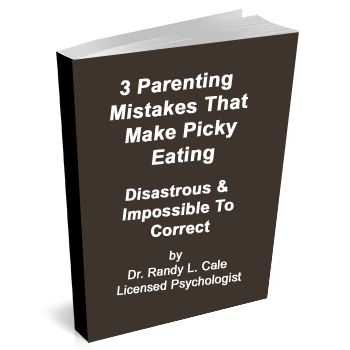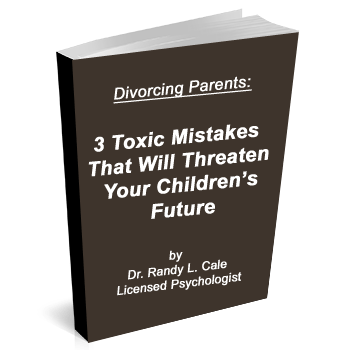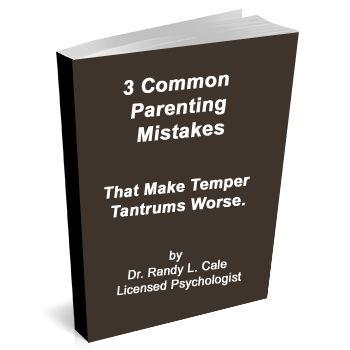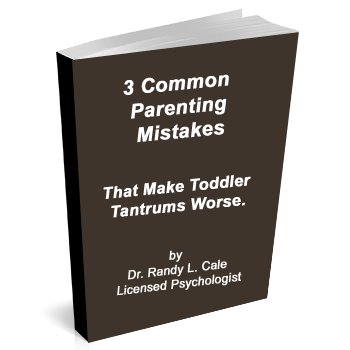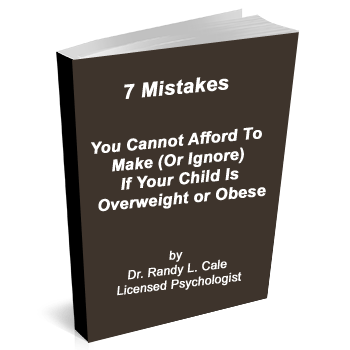Part 2 of 2 – Read Part 1 here
As parents, it is universally understood that we take action with the best of intentions. This is not in doubt. However, those good intentions often lead to parenting approaches that fail to achieve their intended results.
Why is that? It’s quite simple. We can be profoundly and sincerely wrong—every one of us.
Let’s take an example, as it is relevant to our discussion on anxiety. Most parents hold the intention to nurture children to become healthy, competent, and ready for the world. The problem is not with the intention. The problem is that our actions do not produce the intended result. The data is becoming overwhelming, with more children and teens developing anxiety than ever before!
Rarely do I have an issue with a parent’s intention. Their hearts are almost always ‘in the right place.’ It is the failure of the actions tied to that intention that becomes the problem.
Correctable Mistake #3: Feeding Anxious Thoughts and Fear-Driven Moments (Unintentionally)
Last week, I discussed the family where their presenting problem was a child with overwhelming anxiety. Multiple panic attacks daily were destroying this child’s happiness and success in life. These panic attacks virtually disappeared within two weeks, however, when they corrected their anxiety feeding behavior. Not every child has anxiety stemming from such mistakes, and many are not correctable so quickly. Still, it remains critical that every parent understand how their actions can feed into fear rather than lessen it.
Last week, we discussed that it is better to think of anxiety as transient, changing, and unstable. It is not a thing! It’s a process that is always in motion.
Critical Lesson #1: A Hidden Thought causes the Anxious Moment
What do I mean here? Almost every emotion arises with a thought that powers it. For a child, if I think I will not be liked as I approach a group of peers, I will walk away in fear. If the thought or image of failure arises as I run onto the soccer field, I will hurry off to mom or dad in tears. If I have the thought, ‘I can’t do this homework,’ I may have a breakdown, crying about my angst over school.
Regardless, many of the anxious moments children experience instantly flow from the fear-driven thought that precedes the anxious behavior. (I must reiterate that this is not 100% true, but the anxious thought is often the genesis of an anxious moment, and thus we must address it.)
So, in other words, there is the apparent anxiety we see…and there is the thought process that gives birth to the anxiety, which we do not see. This unseen process happens very rapidly at the speed of neurotransmitters firing in the brain (and that is fast)!. Such causal thoughts go neglected or completely unrecognized until long after the event has passed. Thus, it is quite tricky if you want to help your child, who has some anxiety.
Critical Lesson #2: Every time you engage a moment, you validate what’s behind that moment.
So here’s where it gets interesting. Once a pattern of anxiety emerges (and this happens quickly with children), it is common for parents to console, support, and offer guidance in those moments. And, those actions are understandable, often loving, and driven by good intentions.
Yet, we must look behind the scenes. Once we begin to see that pattern, we often notice mom and dad repeating themselves, with the same good advice. Perhaps it worked initially, but now, nothing seems to phase the moment.
And most importantly, the pattern has emerged where a well-intentioned parent now engages every anxious moment. And this is repeated, over and over.
But we now need to apply this more profound understanding of validation because the thought producing the anxious moment is now what is validated. Over and over, the anxious thought gets validated despite what words of wisdom you may be offering. The anxious thought is not listening. I repeat: The anxious thought is not listening to you. It never has. Instead, the anxious thought seeks energy or attention. And through that process, it gets validated and is strengthened to arise for another day.
And not one of these anxious thoughts will be there to serve your child. None are functional. None are useful. None lead to good outcomes.
Thus, we must first recognize if this pattern exists. If so, we must then see our role in validating the unhealthy, anxious thoughts and change it. If we don’t, we feed the anxiety, despite our good intentions. We can hook our child’s attention during these moments, but in the end, the anxiety does not go away. These moments only expand in frequency and severity.
However, with a clear understanding (and perhaps some professional guidance), you can change this validating pattern completely. For some children, their anxious moments will quickly dissipate. For others, it might change 50 percent. But usually, depending upon the age of the child, you will get some positive shifts.
Once you have changed the parenting pattern, notice if the anxiety remains. If so, you can then determine if the brain pattern must be changed in other ways, using cognitive therapy or Neurofeedback. For example, Neurofeedback offers a profound way to change patterns of anxious thinking for children and adults.
But for now, I encourage you to see how this validation process works and consider ways to gently provide a change that promotes your child’s movement to more ease and inner calm.
Part 2 of 2 – Read Part 1 here






